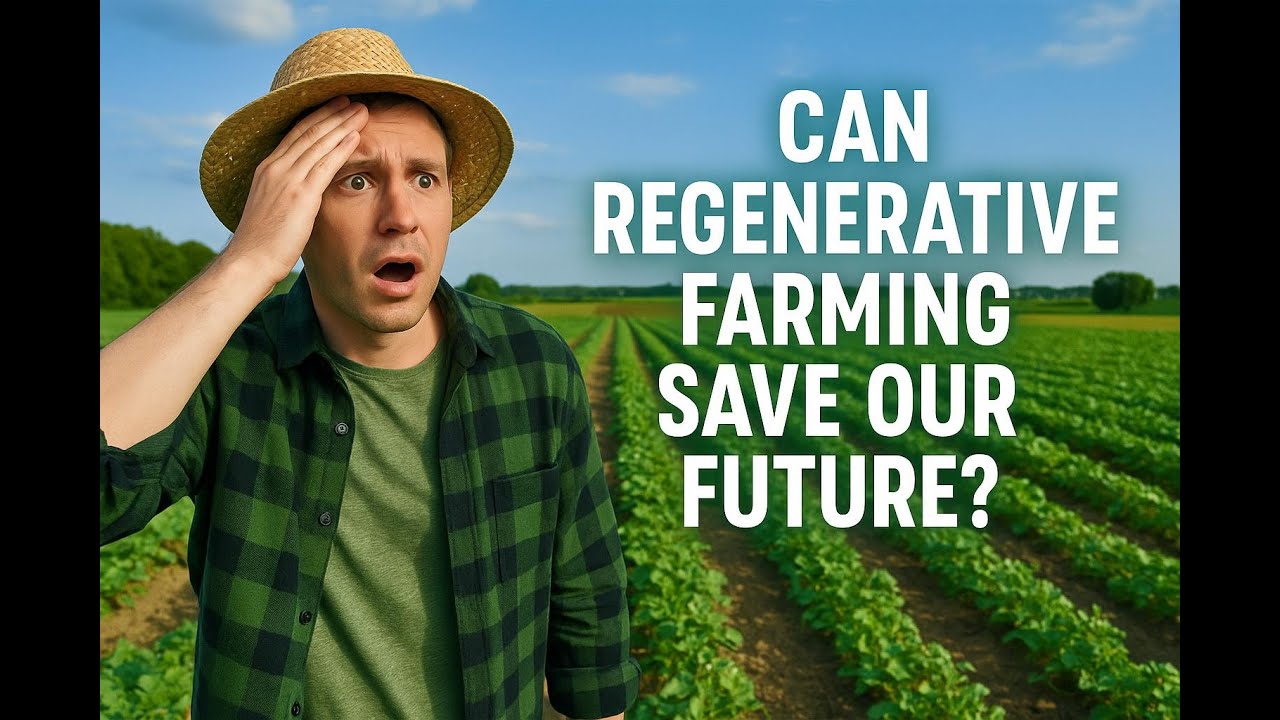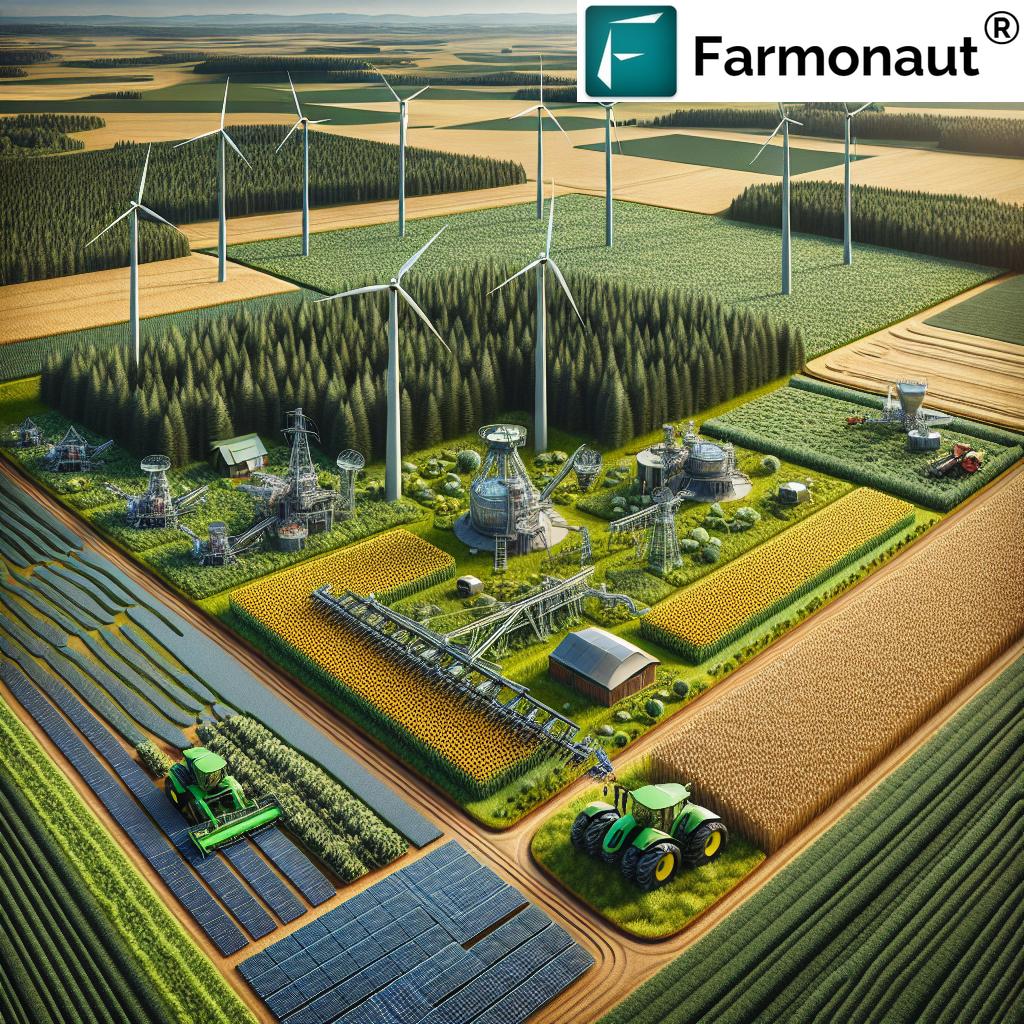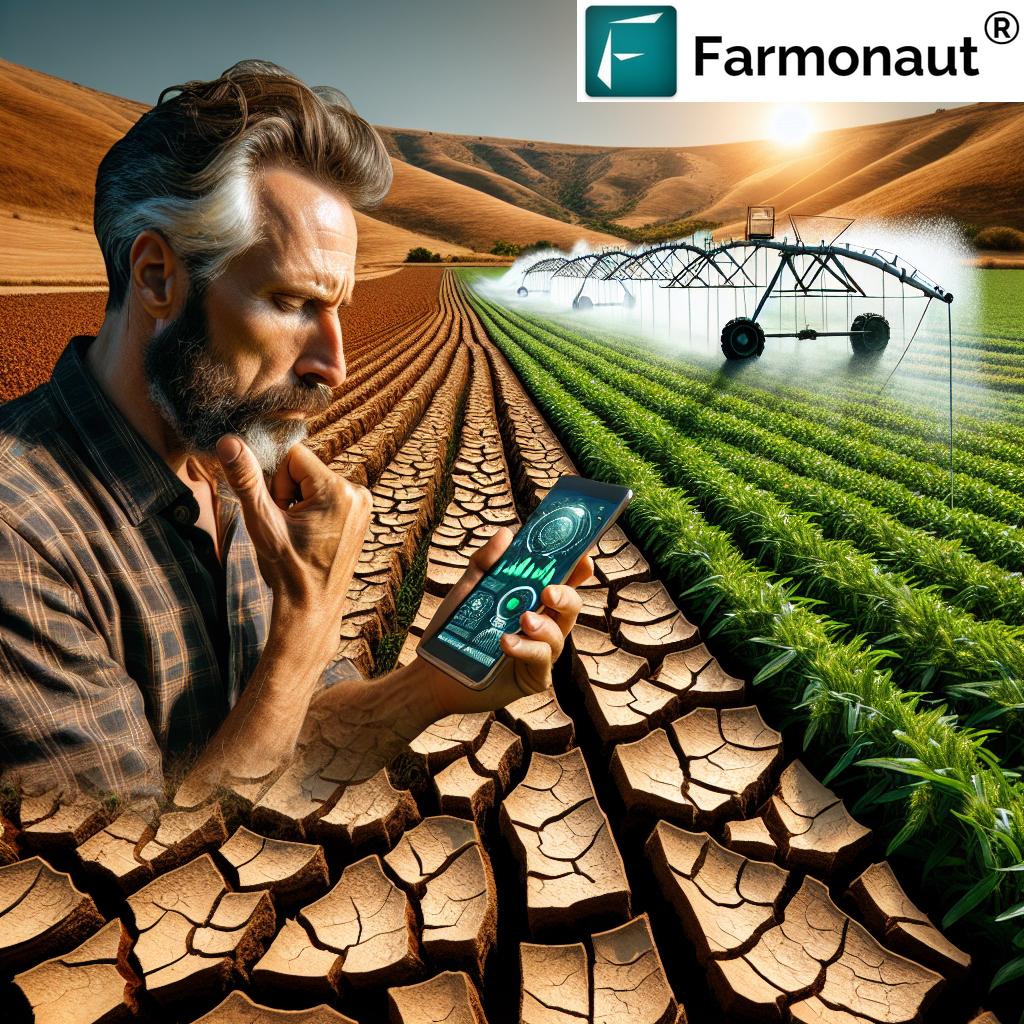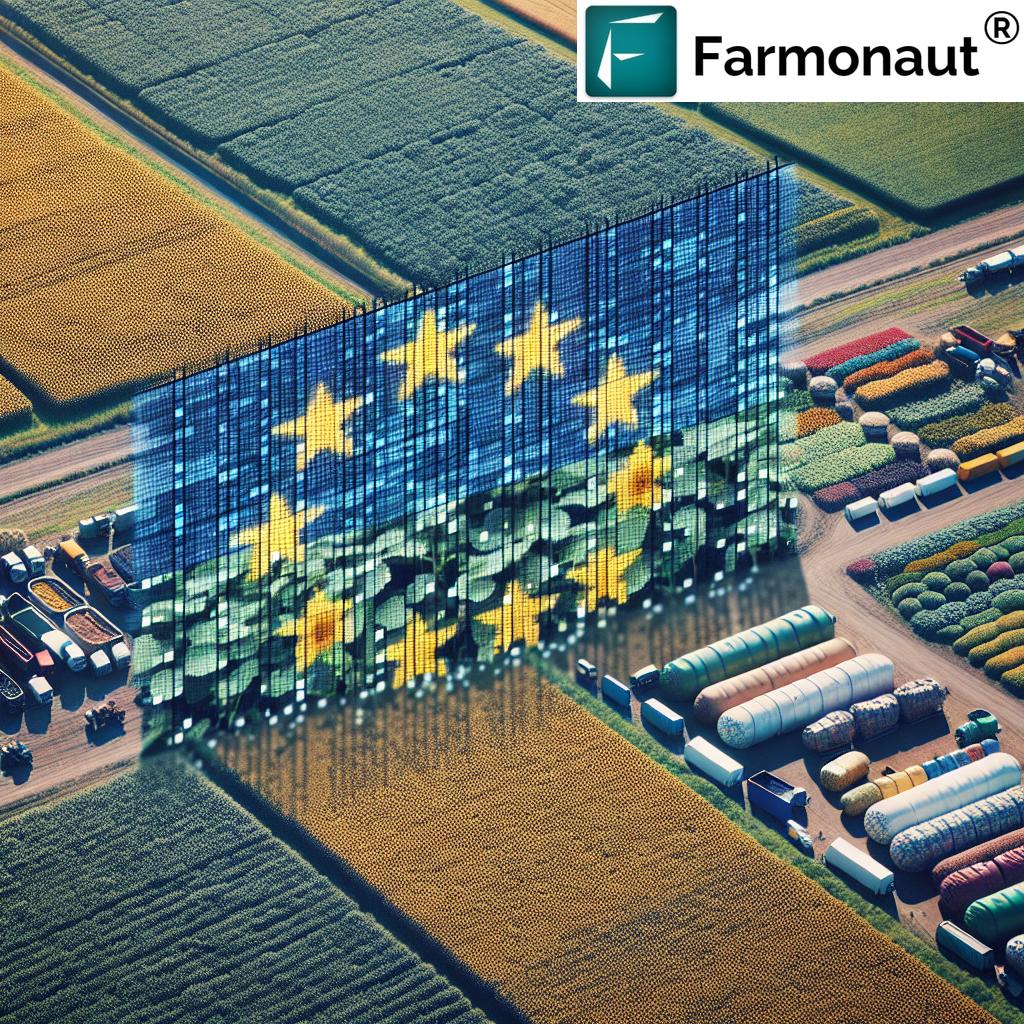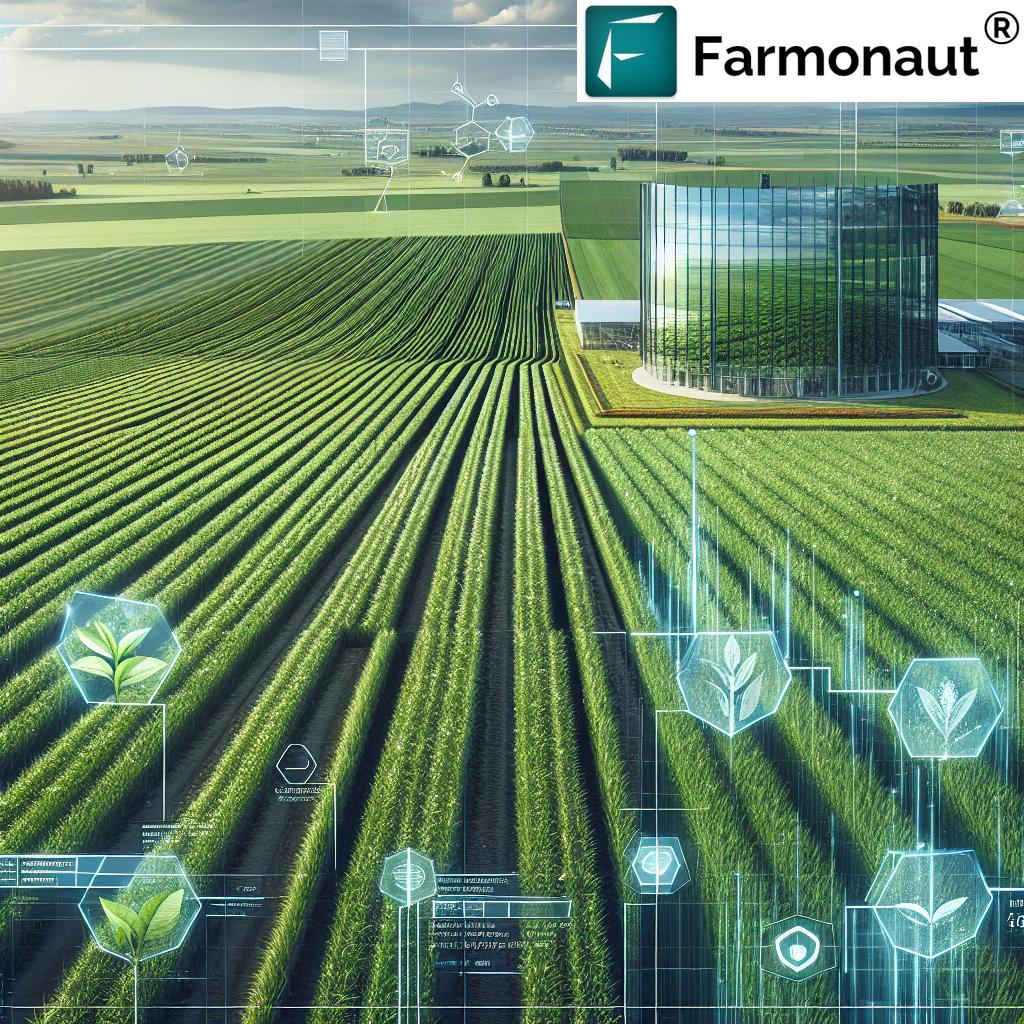Agriculture en Ukraine & UK Farms: 7 Top 2025 Innovations
” In 2025, over 60% of UK farms will adopt AI-driven crop management systems for precision agriculture. ”
Introduction: 2025 Perspective on Agriculture en Ukraine & UK Farms
Agriculture remains the cornerstone of both Ukraine and the United Kingdom’s economies, albeit uniquely shaped by their respective geographies, histories, and economic priorities. The year 2025 marks an era where tradition and innovation intersect, and where agriculture en Ukraine and agriculture farms in UK stand as global references for food security, sustainability, and technological advancement.
Ukraine’s fertile black soil continues to secure its reputation as Europe’s breadbasket. Amidst recovery from geopolitical disruptions, the Ukrainian agricultural sector is now characterized by mechanization, digital innovation, and sustainability initiatives. In contrast, the United Kingdom is accelerating its journey towards eco-friendly, high-tech farming, adapting to both post-Brexit realities and stringent environmental targets.
As we explore the top 7 agricultural innovations transforming 2025, this comprehensive review examines how new practices, modern technology, climate resilience, and digital platforms are creating new opportunities and solutions for farmers, policy-makers, and stakeholders in both countries.
Focus Keyword Context & SEO Overview
This blog deeply analyses the agricultural landscapes of Ukraine and the UK, seamlessly integrating keywords like agriculture en ukraine, agriculture farms in uk, innovation, climate, food security, digital practices, farmers, and sustainability. Our goal is to address the challenges and opportunities facing these vital sectors in both countries, while following the latest SEO guidelines to elevate this content as a reference for anyone interested in global agricultural advances.
- Focus Keyword: agriculture en ukraine, agriculture farms in uk
- Supporting keywords: 2025, innovation, climate, food security, digital practices, sustainable agriculture, productivity, global markets, environmental management, precision farming, crop, wheat, barley, sunflower, corn, supply chain, trade
Let’s explore the dynamic transformation of agriculture in Ukraine and UK farms as we approach 2025 and beyond.
Agricultural Landscapes: Ukraine and the United Kingdom Compared
Ukraine: “Europe’s Breadbasket” Reinvented
Ukraine’s black chernozem soil stands as one of the most fertile on Earth. The country continues to be a leading global producer and exporter of wheat, barley, corn, and sunflower oil, maintaining its vital role in international grain markets. Agriculture en Ukraine is shaped by vast arable landscapes, a legacy of historic productivity, and recent transition amid geopolitical and economic reforms.
- Path to Recovery: Post-conflict disruptions and ongoing reforms have accelerated modernization. Key trends include increased mechanization, adoption of precision farming, and enhanced agricultural supply chain integration.
- Climate Challenges: The sector faces unpredictable summers, droughts, and infrastructural deficits; yet, it is increasingly resilient due to government initiatives and partnerships that boost productivity and encourage adoption of sustainable practices.
- Digital Transformation: Adoption of digital tools for market access, weather forecasting, remote sensing, and resource management is revolutionizing even small and medium-sized farms.
United Kingdom: Tradition Intertwined with Technological Advancement
The UK agricultural sector is defined by a mix of tradition and innovation. Policies aimed at net-zero emissions by 2050, largely under the “Green Revolution,” now drive the adoption of smart farming technologies.
- Versatile Farming: British farms combine arable crops (wheat, barley, oilseed rape) and livestock, balancing food security and sustainable land practices.
- Technological Innovation: The use of AI-powered soil analysis, autonomous tractors, drones, remote sensors, and renewable energy (solar, anaerobic digestion) optimizes farm operations.
- Environmental Stewardship: Subsidies and regulation prioritize biodiversity, habitat restoration, hedgerow mapping, and water management, responding to the dual demands of productivity and environmental sustainability.
- Evolving Consumer Demand: Local, organic, and sustainably grown produce is increasingly valued, driving direct-to-consumer business models and urban farming.
” Ukraine’s digital agriculture market is projected to grow by 35% annually, revolutionizing food security and climate resilience. ”
7 Top 2025 Agricultural Innovations: Ukraine vs United Kingdom (Comparative Table)
| Innovation | Country | Practical Application | Impact on Production (%) | Contribution to Food Security | Climate Sustainability Potential |
|---|---|---|---|---|---|
| Precision Farming (GPS, Remote Sensing) | Ukraine & UK | AI & satellite-guided machinery for optimized planting/harvesting | +12% (Ukraine), +10% (UK) | Higher yields, reduced waste | Major reduction in chemical and water use |
| Climate-Resilient Seeds & Crop Varieties | Ukraine | Drought and pest resistance bred into wheat/corn | +15% (est.) | Ensures stable grain supply during climate extremes | Vital for future-proofing output vs climate |
| Autonomous Machinery & Drones | UK | Driverless tractors/drones for seeding, crop monitoring, precise spraying | +8% (UK) | Reduced labor costs, more reliable yields | Lowers CO2; smarter use of agrochemicals |
| IoT Sensors and Data Platforms | Both | Soil moisture, crop health, livestock management via smart devices | +11% (avg) | Early warnings, precise input management | Promotes ecological balance |
| Carbon Footprint & Environmental Monitoring | UK | Satellite & AI tools for carbon, soil, and water tracking | +6% (via compliance incentives) | Sustainable supply, climate-resilient exports | Directs policies to low-carbon farming |
| Blockchain Traceability | Ukraine & UK | Tracks crop origin, input use, and quality for export/logistics | +7% (market premium) | Boosts consumer + trade trust | Ethical, transparent supply chains |
| Urban and Vertical Farming | UK (Major), Ukraine (Emerging) | Indoor cultivation for urban food security, less land and water use | +18% (urban output, UK) | Reduces import dependency, enhances local supply | Minimal transportation emissions, year-round production |
In-Depth: 7 Key Agriculture Innovations Shaping 2025
1. Precision Farming: The Power of GPS, Satellites, & Remote Sensing
Both Ukraine and the UK have witnessed a surge in precision agriculture applications, fundamentally transforming how farmers manage land and resources. By using GPS-guided machinery, farmers can strategically plant, fertilize, and harvest, optimizing every hectare while conserving resources.
- Ukraine: Widespread adoption is raising corn and wheat yields, benefiting both large commercial producers and smallholders.
- United Kingdom: Automated steering, yield mapping, and satellite monitoring foster smart input use, boosting environmental stewardship.
Data-driven satellite monitoring is expected to reduce input waste by up to 15%, significantly improving crop health and soil conservation. Want to integrate satellite-powered insights into your farm’s workflow? Explore large-scale farm management solutions for actionable, real-time data on crop health, weather risks, and field operations.
2. Climate-Resilient Seeds & Next-Gen Crop Varieties
Climate change is placing extraordinary pressure on traditional wheat, barley, and corn varieties. Ukrainian scientists are fast-tracking the development and adoption of seeds bred for drought resistance, heat tolerance, and pest resilience.
- Estimated yield boosts of up to 15% per hectare during difficult weather years.
- Reduces reliance on chemical inputs and stabilizes supply for global markets.
Climate-smart genetics ensure agriculture en Ukraine remains a vital contributor to Europe’s food security for 2025 and beyond.
3. Autonomous Machinery & AI Drones: Revolutionising Daily Farm Operations
The influx of autonomous tractors, smart irrigation systems, and AI-powered drones is a defining feature on major agriculture farms in UK in 2025. These innovations minimize labor challenges, reduce error, and facilitate precise input distribution.
- GPS-guided drones can scan hundreds of hectares daily, detecting crop stress or pest infestation before visual symptoms emerge.
- Driverless tractors handle seeding and spraying at precise rates, regardless of weather or light conditions.
- Data on every field pass is logged automatically, supporting supply chain traceability and regulatory compliance.
This level of automation drives up productivity and frees up time for managers to focus on strategic decisions, not routine tasks. Automation adapts rapidly to weather forecasts and soil moisture data, often powered by satellite-derived analytics.
4. IoT Sensors, Digital Platforms & Data-Driven Management
IoT-enabled sensors deliver a constant stream of real-time data on soil health, crop conditions, livestock movement, and resource consumption. These sensors are now cheap enough for even small family farms, expanding digital engagement.
- Optimized Irrigation: Sensors in Ukrainian fields send soil moisture data direct to farmer smartphones. UK farms use IoT for livestock health tracking, reducing disease outbreaks.
- Predictive Analytics: Digital dashboards aggregate this data with weather and market trends, enabling proactive supply chain decisions and yield forecasts.
- API Integrations: Businesses and developers can integrate real-time satellite and sensor insights via robust APIs, with extensive developer documentation at Farmonaut API Docs for a plug-and-play approach to data-driven agriculture.
5. Environmental Monitoring, Carbon Footprint, and Resource Optimization
Modern farms are transitioning into climate-aware enterprises. The UK’s strategy includes direct support for carbon footprint management, water usage monitoring, and biodiversity, using AI and satellites.
- Direct Policy Integration: Environmental performance is now a criterion for subsidies and trade certification in the UK.
- Actionable Data: Farms can track and report their carbon footprint using affordable satellite-powered solutions, ensuring compliance and accessing new green finance options.
- Net-Zero Commitment: These innovations reinforce the UK’s net-zero target for 2050 while protecting international export potential.
Purpose-driven technology keeps both food supply chains resilient and ecologically responsible.
6. Blockchain Traceability: Securing International Grain and Food Supply Chains
Traceability solutions, based on blockchain technology, are significantly boosting trust in exported grain, wheat, and barley from Ukraine to EU and global markets. The UK is equally leveraging blockchain for tracking food origin and sustainable input use in farm-to-table models.
- Transparency: Blockchain records each stage of crop production, transportation, and storage, enabling consumers and regulators to verify provenance.
- Reduced Fraud: Automated, immutable digital records reduce bureaucratic delays and fraud risks, particularly in international agri-exports.
7. Urban & Vertical Farming: Rewilding Cities, Enhancing Local Food Security
Vertical farms, hydroponics, and rooftop agriculture are quickly expanding across UK cities and, increasingly, in Ukrainian urban centers. These innovations address land shortages, decrease food miles, and ensure a steady urban food supply.
- United Kingdom: Hundreds of vertical farms now operate in London, Manchester, and Edinburgh, trading directly with supermarkets via digital platforms.
- Ukraine: Emerging models link tech startups with municipal authorities to improve urban resilience and reduce reliance on rural output during supply shocks.
Food Security, Climate & Global Markets: The 2025 Outlook
Agriculture en Ukraine and agriculture farms in UK are foundational to Europe’s food security, serving both national needs and international markets. The focus for both countries in 2025 and beyond is clear:
- Resilient Supply Chains: The ability to rapidly adapt to global disruptions—be it from conflicts, trade shifts, or climate events—remains paramount.
- Climate-Smart Agriculture: Both countries invest in management practices and breeding programs that enable rapid recovery from droughts, floods, and temperature extremes.
- Digital Inclusion: Technology is increasingly accessible, empowering even smaller operations with access to markets, finance, and adaptive strategies.
- Policy & Trade Alignment: EU trading standards, Brexit-driven reforms, and government initiatives in both Ukraine and the UK set new benchmarks for traceability, sustainability, and market flexibility.
2025’s agricultural success stories will be written by those who swiftly embrace innovation, champion sustainable practices, and invest in smart global partnerships.
Digital Practices, Data Management & Satellite Monitoring
Digital transformation is at the heart of thriving agricultural sectors. With a projected 35% annual growth in digital agri-markets in Ukraine and widespread AI crop management on UK farms, digitization is no longer optional—it’s central to food security and climate resilience.
- Mobile & API Access: Any farmer can now access satellite-powered apps for crop analysis, weather forecasting, and AI-driven advisories. This is game-changing for rural areas with previously limited extension services.
- Resource Management: Digital dashboards unify irrigation, fertilizer use, pest predictions, and farm finances. Fleet and input optimization can be managed via central digital tools for machinery and resource oversight.
- Urban Agriculture: Urban-specific digital tools, supporting vertical/hydroponic projects, ensure local food supply is robust, cost-effective, and environmentally friendly.
- Insurance & Financing: Satellite-verified reports boost trust between banks/insurers and rural farmers, making crop loans and compensation faster and more transparent. Discover how satellite data powers crop loans & insurance.
With these tools, agriculture en Ukraine, agriculture farms in UK, and every farmer with a smartphone can unlock enterprise-level insights.
Satellite Technology & Farmonaut: Empowering Modern Agriculture
At Farmonaut, we believe that democratizing advanced satellite technology can radically improve outcomes for farms of every size. Our platform—accessible via web app, API, and mobile (Android/iOS)—delivers actionable, affordable, real-time insights using state-of-the-art satellite imagery, artificial intelligence, and blockchain traceability. Here’s how this directly benefits agriculture en Ukraine and agriculture farms in UK:
- Real-Time Monitoring: We provide NDVI crop health mapping, soil condition analysis, and growing-season forecasts to support better decisions on irrigation, fertilization, and harvesting windows.
- AI Agricultural Advisory: Our Jeevn AI system gives advisories tailored to local weather, soil, and market feedback, increasing yields and input efficiency.
- Blockchain-Based Traceability: We help safeguard supply chain authenticity, linking each crop’s journey from farm to plate for both domestic and global markets.
- Environmental Tracking: Our carbon and resource monitoring tools help farmers and businesses track emissions, comply with regulations, and improve environmental outcomes.
- Flexible, Scalable Access: Designed for both large commercial farms and smallholders, users manage fields, inputs, and analytics with ease.
- Satellite-Verified Financing: Financial organizations benefit from satellite-based verification for crop loans and insurance, maximizing access and trust for all farmers.
Global challenges demand global solutions. By lowering cost barriers and simplifying access, we help ensure that innovative, data-driven agriculture remains accessible to all—enabling every farm to be more resilient, more productive, and more sustainable in 2025 and beyond.
Future Challenges and Opportunities for Agriculture en Ukraine, Agriculture Farms in UK
Despite extraordinary progress, multiple challenges remain for Ukrainian and UK farmers:
- Climate Volatility: More frequent droughts, flooding, and erratic rainfall are taxing traditional infrastructure and old crop varieties. Continuous investment in climate-resilient seeds and digital water management is vital.
- Economic Pressure: Higher input costs, fluctuating market prices, and trade uncertainties (from sanctions to regulatory shifts) demand greater supply chain flexibility and risk mitigation tools.
- Workforce: Urban migration has reduced the agricultural labor pool, amplifying the need for automation and real-time management platforms.
- Environmental Regulation: Increasing policy focus on emissions, biodiversity, and organic standards requires farms to track, adapt, and report performance like never before.
- Access to Technology: Ensuring that even the smallest farms fully benefit from digital transformation is critical for sector-wide resilience.
Opportunities abound through innovation, knowledge exchange, and scaling advanced yet accessible technology platforms.
- Investment in Research & Development: Sharing genetics, AI tools, and innovative farming models creates faster development cycles and rapid adoption of proven solutions.
- International Market Position: Ukraine will maintain its vital role in Europe’s grain supply, while the UK brands itself as a global leader in climate-smart agriculture and digital farm management.
- Urban-Rural Symbiosis: New ventures in urban farming are lessening pressure on rural land, inspiring biodiversity in cities, and delivering ultra-fresh produce.
- Integrated Supply Chain Management: Seamless blockchain-enabled traceability and remote fleet/resource control systems deliver both food security and climate responsibility.
FAQ: Agriculture Innovations in Ukraine & the UK – 2025 Edition
Q1: What is precision agriculture, and how does it benefit farmers in Ukraine and the UK?
Precision agriculture uses technology such as GPS, drones, remote sensing, and real-time data to optimize planting, fertilizing, irrigating, and harvesting. This approach improves yields, reduces waste, and conserves resources, making agriculture more profitable and sustainable.
Q2: How are Ukraine’s agriculture trends in 2025 supporting food security?
Ukraine is focusing on digital tool adoption, climate-resilient seeds, advanced supply chain integration, and satellite-powered monitoring to ensure stable, high-volume food production despite climate and economic uncertainties.
Q3: What role does technology play in sustainability for UK farms?
UK farms use solar power, AI-driven machinery, and environmental monitoring platforms to reduce emissions, promote biodiversity, and comply with net-zero targets, ensuring food production remains both profitable and climate-friendly.
Q4: Can small farmers access satellite technology and digital farming tools?
Yes! Platforms like Farmonaut provide affordable, user-friendly mobile and web apps enabling even smallholders to use satellite imagery, AI advice, and blockchain traceability. Try the Farmonaut app to start your digital farming journey.
Q5: How does blockchain traceability benefit agricultural trade?
Blockchain ensures data transparency and security from farm to export, making it easier for businesses and regulators to track food quality, prevent fraud, and meet strict import/export standards.
Conclusion: A Transformative Path to a Resilient Future
As 2025 advances, agriculture en Ukraine and agriculture farms in the UK are redefining their future through innovation, environmental stewardship, and digital excellence. Ukraine’s tradition as Europe’s breadbasket thrives today on a backbone of high-impact digital transformation, climate adaptation, and international trade leadership. Meanwhile, the United Kingdom showcases how a blend of heritage and technological modernity can deliver climate-resilient, sustainable agriculture.
The real story is one of shared resilience and rapid reinvention. Farmers, rural communities, and agri-leaders across these countries are meeting the world’s food security and climate challenges head-on, guided by best practices and supported by advanced digital technologies.
- Embrace precision, autonomy, and traceability.
- Invest in climate-smart genetics and environmental monitoring.
- Leverage digital platforms for productivity, compliance, and sustainable growth.
Our mission at Farmonaut is to ensure that every farm—from family fields in Ukraine to large-scale British estates—can harness the world’s best satellite, AI, and blockchain technology to thrive in a rapidly changing environment.
Ready to transform your farm with the right technology?

Innovation, sustainability, and digital transformation represent not just current trends, but our ongoing journey toward a secure and sustainable agricultural future in both Ukraine and the United Kingdom.



